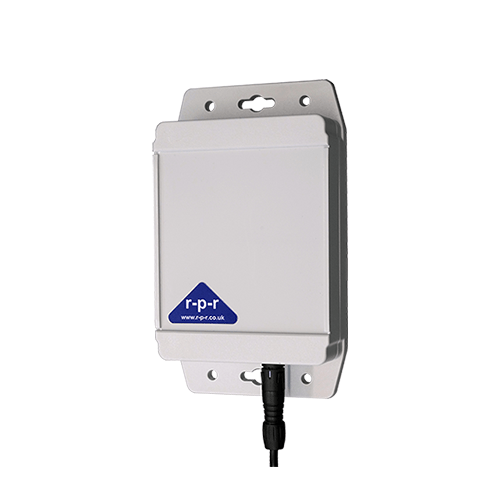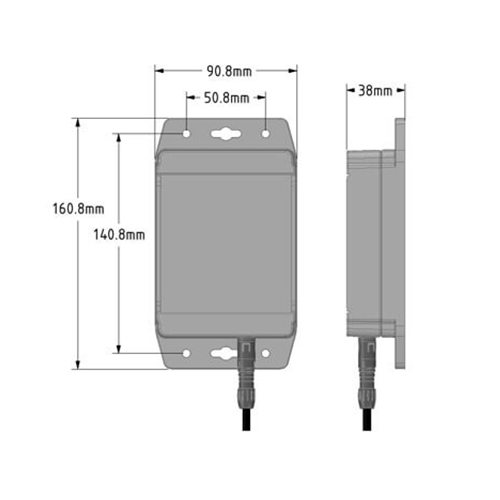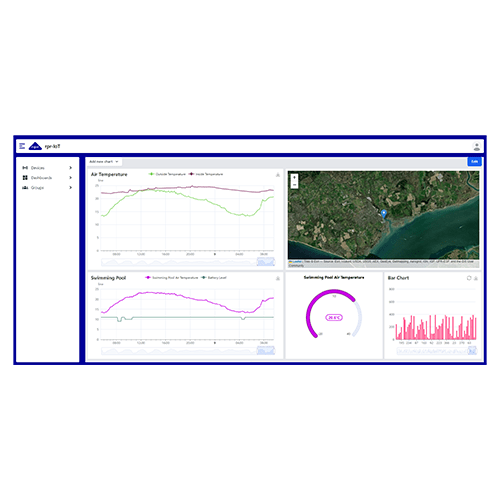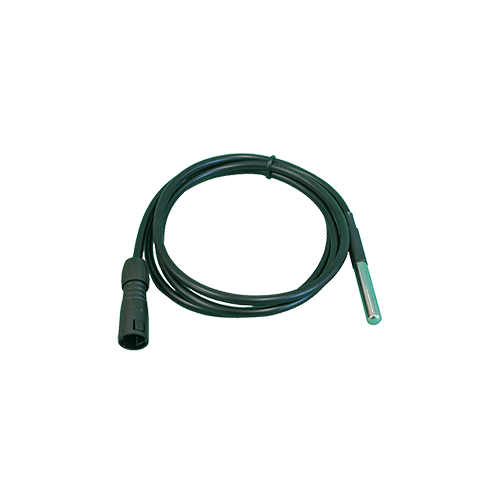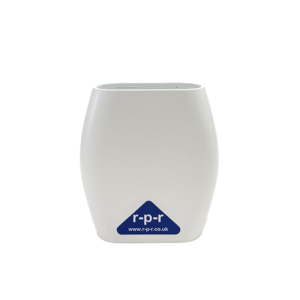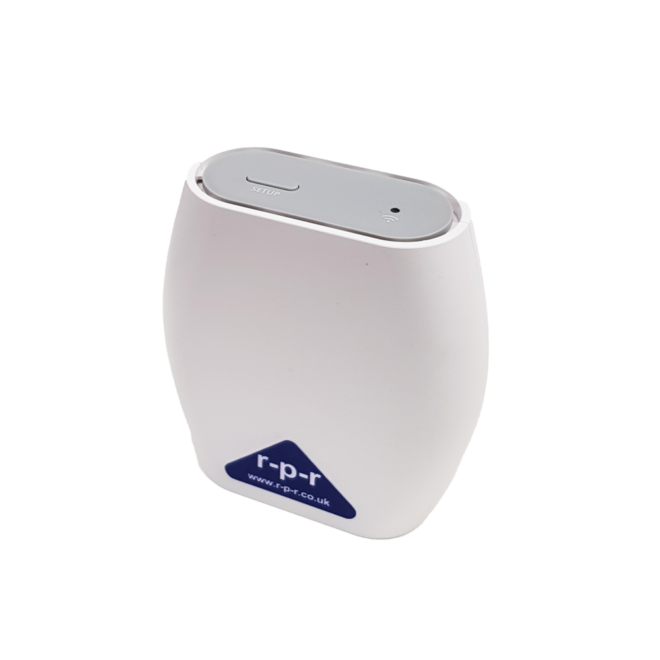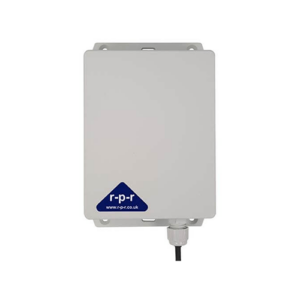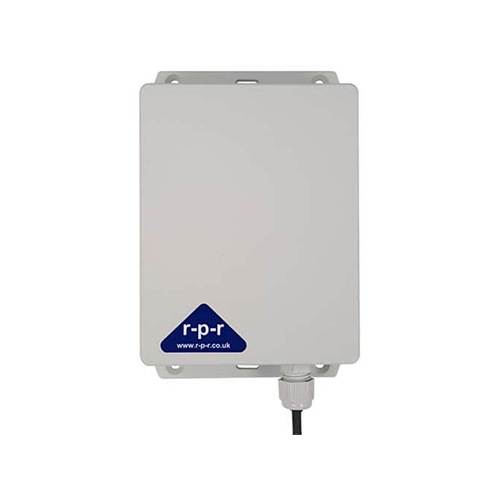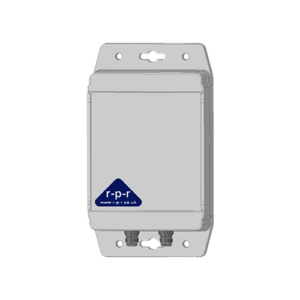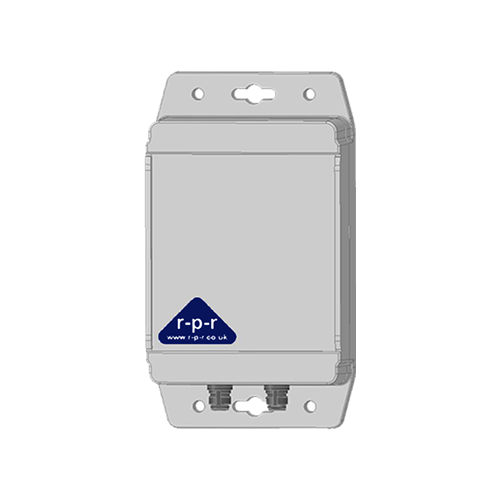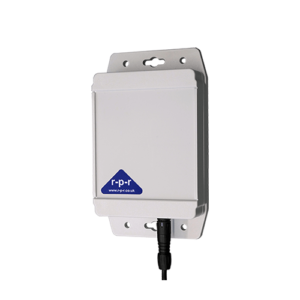rpr-IoT-T01 | Temperature Node
£209.73 exVAT
£251.68 incVAT
The rpr-IoT-T01 is a battery powered temperature sensor node that communicates using long range radio compatible with LoRaWAN and the Things Network.
Product Description
Overview
The rpr-IoT-T01 is a battery powered temperature sensor node that communicates using long range radio compatible with LoRaWAN and the Things Network. The low power electronics are housed in a rugged IP67 enclosure suitable for outdoor and industrial applications. A sealed connector is used for the temperature probe allowing a number of probe options.
Data is stored on The RPR WeatherFile.com cloud for long-term storage and access. Readings can also be accessed by or sent in real time to your IoT dashboard of choice.
| Applications |
The rpr-IoT-T01 has a wide range of applications where temperature must be monitored.
|
Additional information
| Measures: | Temparature |
|---|
IoT LoRaWAN
rpr-IoT sensor nodes are LoRaWAN compatible class A devices which ensure secure interoperability between the sensor node, gateways and the cloud. They communicate using the LoRa wireless modulation technique based on chirp spread spectrum technology which allows data transfer over long distances at a very low power. It is possible for a single gateway to connect to many nodes and/or a node to connect to multiple gateways over a large area. Nodes can be spread over several km line of sight in open land. To help with deployment and monitoring of an IoT application the received signal strength and signal to noise ratio for each node is available on rpr-IoT dashboard. By default, the rpr-IoT sensor nodes use the Things Network. If operation with other networks is required, please contact Richard Paul Russell Ltd.
Message interval
The rpr-IoT-SR01 will adhere to the Things Network’s public community network fair use policy and adjust the minimum uplink message interval depending on the Data rate / Spreading Factor.
The spreading factor is determined by the Adaptive Data Rate (ADR) mechanism implemented in The Things Stack which is based on the signal to noise ratio (snr) of the received signal. When first switched on the node will join with a spreading factor of 12. To optimise battery usage the uplink message interval can be set to a longer value.
Please see the documentation for more.
Data Security
Advanced Encryption Standard (AES) 128-bit algorithms are used to provide two layers of cryptography, to the network server and end-to-end to the application server.
Dashboard
The rpr-IoT dashboard is user configurable to display data from multiple sensor nodes. Tiles can be added which display data in different formats, for example: line plots, bar graphs, dials or graphicly on a map or plan. Individual tiles can be defined and positioned by the user to suit their needs. Sensors can be given names applicable to their application.
The dashboard allows status information including battery state, signal strength, signal to noise ratio, and gateways to be monitored. Commands to set the uplink message interval can be sent from the dashboard.
rpr-IoT System Example

| Data sheets | |
|---|---|
 |
Temperature Node Datasheet |
 |
Temperature Probe Datasheet |
| User Manual | |
|---|---|
 |
029SL0022_4_rpr-IoT-T01 Temperature Node User Manual |
| Richard Paul Russell IoT Range | |
|---|---|
 |
rpr-IoT_range_June24 |
| Case Study | |
|---|---|
 |
Case_study_Lymington_River_Temperatures |
